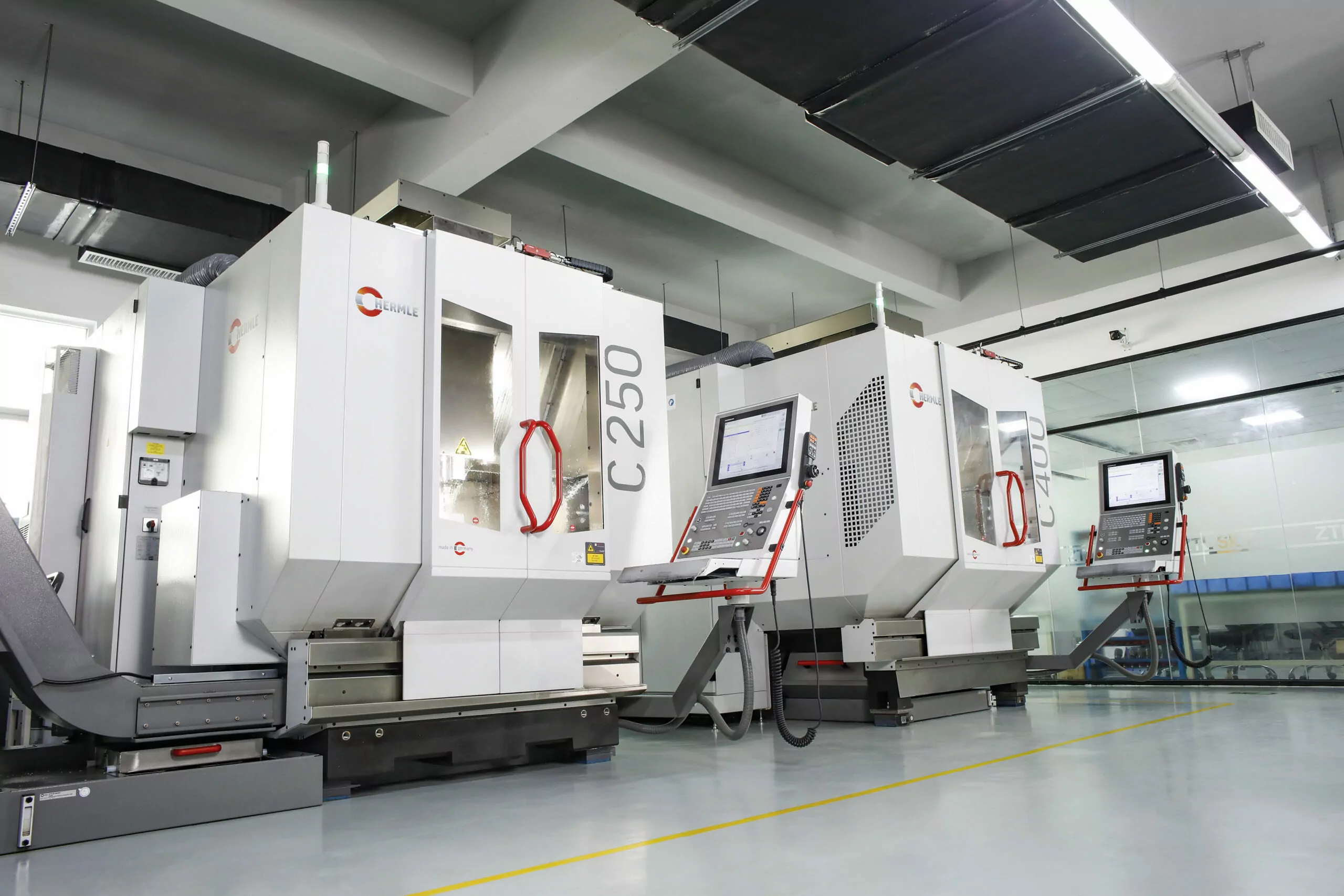Evolving Technologies in Custom Parts Manufacturing
When it comes to it, there are many different approaches and viewpoints to consider custom parts manufacturing.
Custom parts manufacturing has witnessed a significant transformation in recent years, thanks to the emergence of advanced technologies such as 3D printing, CNC machining, and robotic automation. These technologies have revolutionized the way custom parts are designed, prototyped, and produced, offering unprecedented levels of precision, speed, and cost-effectiveness.
Adoption of Additive Manufacturing
One of the most notable trends shaping the future of custom parts manufacturing is the widespread adoption of additive manufacturing, commonly known as 3D printing. This technology enables the creation of complex geometries and intricate designs that were previously unattainable through traditional manufacturing methods. With the ability to work with a diverse range of materials, including metals, polymers, and composites, additive manufacturing is poised to revolutionize the production of custom parts across various industries.
Integration of AI and Machine Learning
Another emerging trend in custom parts manufacturing is the integration of artificial intelligence (AI) and machine learning algorithms into the production process. These technologies empower manufacturers to optimize production workflows, predict equipment maintenance needs, and enhance quality control measures. By leveraging AI and machine learning, manufacturers can achieve higher levels of efficiency and productivity while minimizing errors and waste.
Customization through Digital Twin Technology
Custom parts manufacturing is also being reshaped by the adoption of digital twin technology, which creates virtual replicas of physical assets and processes. This emerging technology in custom parts manufacturing allows manufacturers to simulate and analyze the performance of custom parts in real-world conditions, enabling iterative improvements and customization without the need for physical prototypes. Digital twin technology holds the potential to streamline the design and production of custom parts, leading to faster time-to-market and enhanced product performance.
As the landscape of custom parts manufacturing continues to evolve, it is essential for manufacturers to stay abreast of these emerging trends and technologies shaping the future of custom parts manufacturing. By embracing innovation and leveraging these advancements, manufacturers can unlock new possibilities in design flexibility, production efficiency, and product performance, ultimately gaining a competitive edge in the global marketplace.

